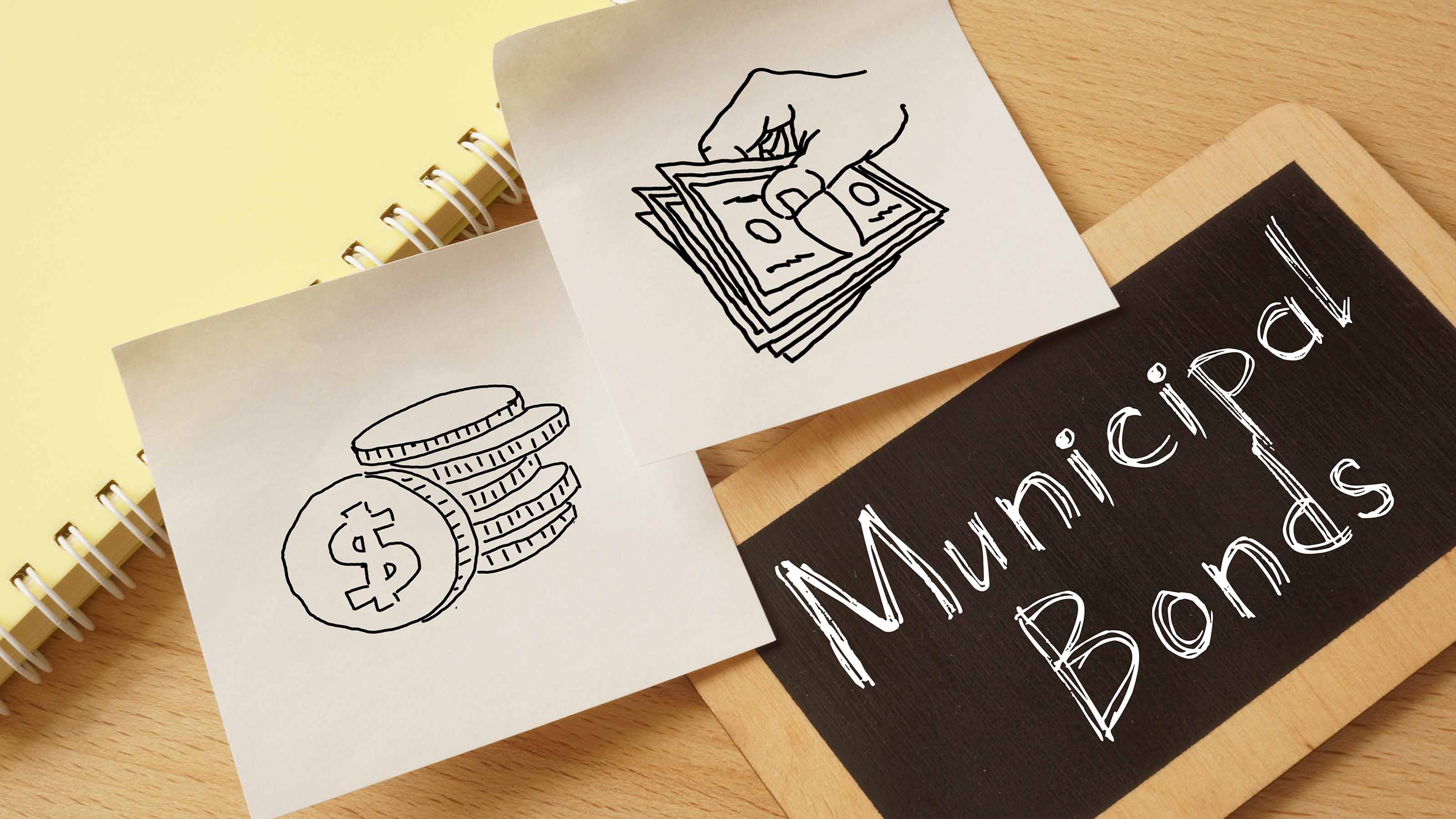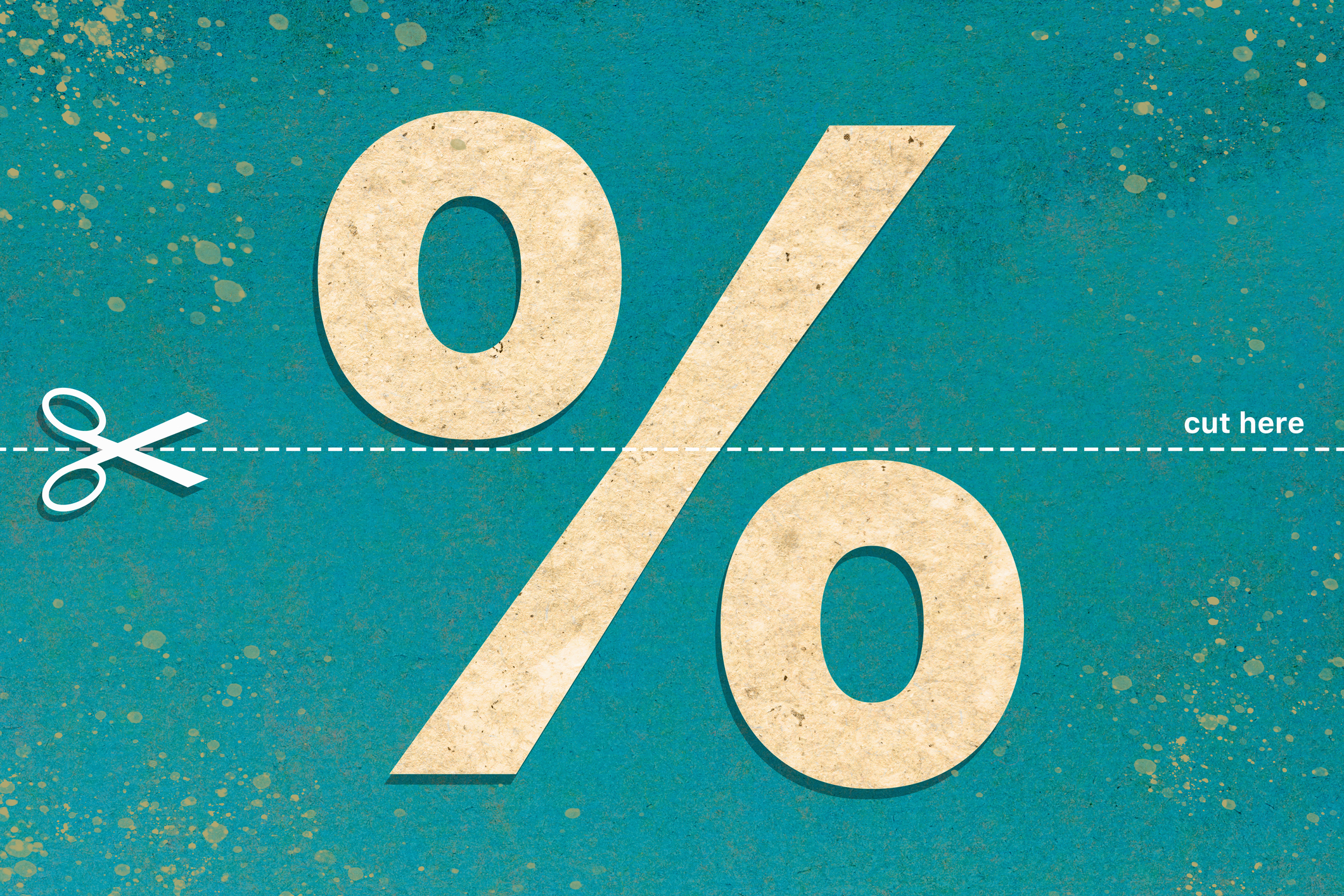Municipal Bonds Stand Firm
If you have the cash to invest, municipal bonds are a worthy alternative to CDs or Treasuries – even as they stare down credit-market Armageddon.


A week before the powers that be in the nation's capital mercifully managed not to default on Treasury debt, one of my favorite tax-exempt bond managers, Eve Lando, of Thornburg Funds, said to "run, not walk" to municipal bonds.
She noted that state and local bonds had moved little in price and yield all spring, despite the prospect that the federal government might suffer a "technical" default – meaning a day or two of weirdness and trading losses before Congress would belatedly raise the debt limit and agree to make all U.S. bond investors whole.
Because municipal borrowers rely on enormous direct federal grants or in-direct federal support (such as the presence of Treasury bonds in escrow to buttress the munis' timely repayment of principal), the tax-exempt world should have come under heavy pressure. And yet it stood firm. If municipals can stare down credit-market Armageddon, well, what's a little mild recession talk?
From just $107.88 $24.99 for Kiplinger Personal Finance
Become a smarter, better informed investor. Subscribe from just $107.88 $24.99, plus get up to 4 Special Issues

Sign up for Kiplinger’s Free Newsletters
Profit and prosper with the best of expert advice on investing, taxes, retirement, personal finance and more - straight to your e-mail.
Profit and prosper with the best of expert advice - straight to your e-mail.
My answer: not much. State and local finances are in fine shape, the tax-equivalent yield of most municipal bonds is more favorable compared with Treasury bonds than it was a few weeks ago, and although new tax-free bond issuance is not especially light, the supply-demand balance is friendly enough to favor investors.
The main thing holding back municipal returns is continued net selling by holders of mutual and exchange-traded funds, likely the consequence of higher interest rates on bank savings and, until lately, on Series I savings bonds. But those headwinds are overdue to reverse direction, especially if the Federal Reserve quits hiking short-term yields. Even if you worry that the economy (or most segments of it) will slow markedly or recede in the second half of 2023, that stands to harm investment-grade corporate and high-yield bond prices more so than municipal bonds.
I presume that most readers, other than young people just starting to build their IRAs and 401(k)s, have a stake in tax-exempts. If you do, I advise against selling any of them. If you acquire cash to reinvest from a refunded bond or a matured stage of a bond ladder – or some other lump sum – I deem tax-exempts worth considering as an alternative to another round of six-month CDs and certainly to Treasuries of all maturities.
What should municipal bond investors buy?
The question becomes how best to invest. A well-regarded actively managed municipal fund, such as the Baird Strategic Municipal (BSNSX) or the MainStay MacKay Tax-Free Bond (MTBAX), not only gets you a tax-free yield of 3% or a little more, but in the first week since the Biden-McCarthy treaty, plenty of such funds had already padded their total returns by about one percentage point.
Residents of high-tax states such as California, New Jersey and New York likely need no reminder to seek out home-state bond funds, but I'll just say here that they are also compelling. For example, the Fidelity New Jersey Municipal Income (FNJHX) gained 1.3% in the first week free of debt-ceiling drama.
For serious risk takers, the redoubtable Nuveen High Yield Municipal (NHMAX) is on a roll, up 1.7% in one week and 3.5% for the year to date; the distributions work out to 5.4% annualized. Legendary Nuveen manager John Miller just retired, but the bench is deep and his successors long-established.
As for individual bonds, I screened my Fidelity brokerage account and found more than 200 listings with yields to maturity in 10 to 20 years of 4.25% or more; ratings no worse than A-minus by Standard & Poor's or A3 by Moody's; and familiar and generally reliable revenue streams from sources such as water and sewer systems, local school systems and state highways. My favorite tax-exempt subcategory, toll road bonds, are well represented.
A batch of North Carolina Turnpike Authority 3% bonds due in 2042 flashed on my screen for 82 cents on the dollar (up from 78 cents two weeks ago), with a yield to maturity of 4.4%. The bonds are insured, so the ostensible rating is AA. An equivalent Treasury bond is priced to yield 4%.
But after the drama we just went through, you have to ask whether it is easier or harder to dodge a turnpike toll booth than it is to threaten to skip out on the government's debt. Just sayin'.
Note: This item first appeared in Kiplinger's Personal Finance Magazine, a monthly, trustworthy source of advice and guidance. Subscribe to help you make more money and keep more of the money you make here.
Profit and prosper with the best of Kiplinger's advice on investing, taxes, retirement, personal finance and much more. Delivered daily. Enter your email in the box and click Sign Me Up.

Kosnett is the editor of Kiplinger Investing for Income and writes the "Cash in Hand" column for Kiplinger Personal Finance. He is an income-investing expert who covers bonds, real estate investment trusts, oil and gas income deals, dividend stocks and anything else that pays interest and dividends. He joined Kiplinger in 1981 after six years in newspapers, including the Baltimore Sun. He is a 1976 journalism graduate from the Medill School at Northwestern University and completed an executive program at the Carnegie-Mellon University business school in 1978.
-
 The Santa Claus Rally Officially Begins: Stock Market Today
The Santa Claus Rally Officially Begins: Stock Market TodayThe Santa Claus Rally is officially on as of Wednesday's closing bell, and initial returns are positive.
-
 How to Leave Different Amounts to Adult Children Without Causing a Rift
How to Leave Different Amounts to Adult Children Without Causing a RiftHere’s how to leave different amounts to adult children without causing a family rift.
-
 My Retirement Learning Curve, 1 Year In
My Retirement Learning Curve, 1 Year InA retiree checks in with what they wish they knew early on and what they've changed about their plan one year in.
-
 Why You Should Pay Attention to Company Guidance
Why You Should Pay Attention to Company GuidanceUnderstanding how corporate profit forecasts affect analysts’ estimates and stock ratings can help you make investment decisions.
-
 What Investors May Face in the New Year: Interview
What Investors May Face in the New Year: InterviewKeith Lerner, the chief market strategist and chief investment officer for Truist Wealth, speaks with Kiplinger.
-
 What to Make of a Hot IPO Market
What to Make of a Hot IPO MarketThis year's crop of initial public offerings could be even dicier than usual because of a skew toward tech and crypto.
-
 How to Position Your Portfolio for Lower Interest Rates
How to Position Your Portfolio for Lower Interest RatesThe Federal Reserve is far from done with its rate-cutting regime. This is how investors can prepare.
-
 A JPMorgan Fund Holds Its Own Thanks to a Focus on Quality
A JPMorgan Fund Holds Its Own Thanks to a Focus on QualityDespite its defensive characteristics, the JPMorgan U.S. Quality Factor holds up in good times and in bad.
-
 What Fed Rate Cuts Mean For Fixed-Income Investors
What Fed Rate Cuts Mean For Fixed-Income InvestorsThe Fed's rate-cutting campaign has the fixed-income market set for an encore of Q4 2024.
-
 Why I Trust These Trillion-Dollar Stocks
Why I Trust These Trillion-Dollar StocksThe top-heavy nature of the S&P 500 should make any investor nervous, but there's still plenty to like in these trillion-dollar stocks.
-
 Hang in There With This Value Fund
Hang in There With This Value FundPatience is required for investors in the Dodge & Cox Stock Fund, but its long-term outperformance proves it's worth the wait.